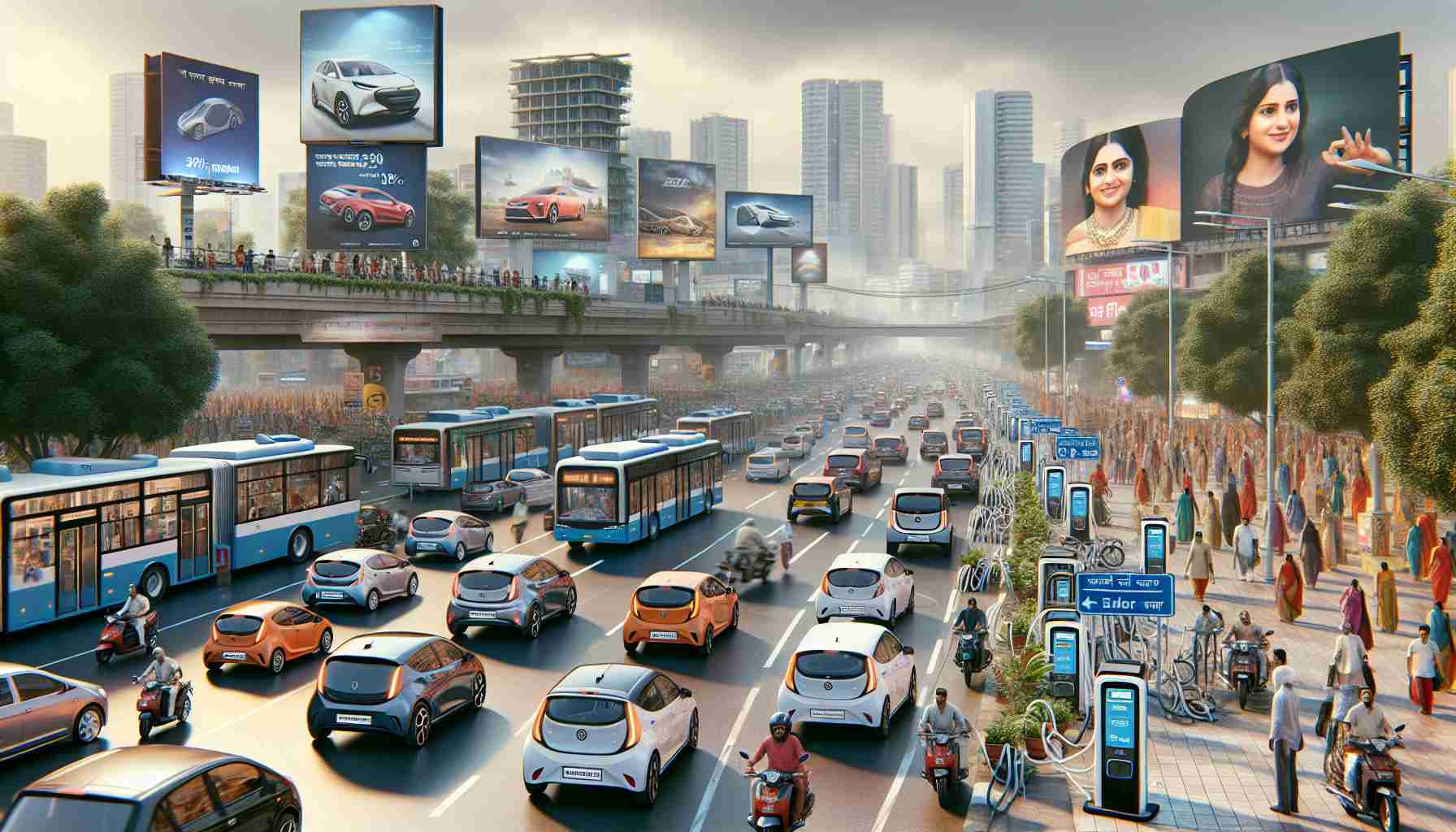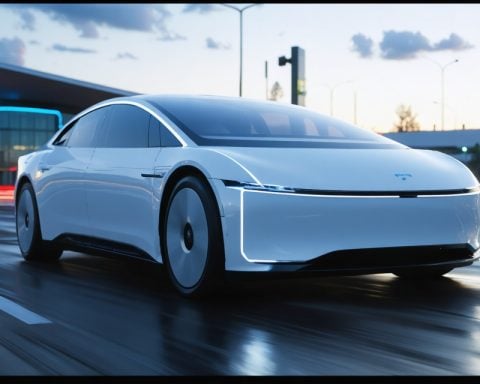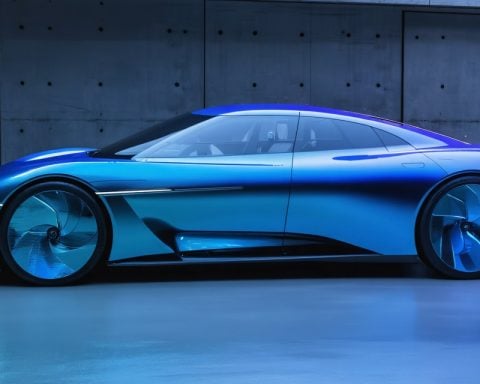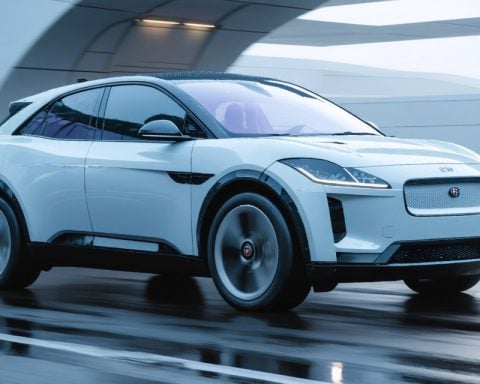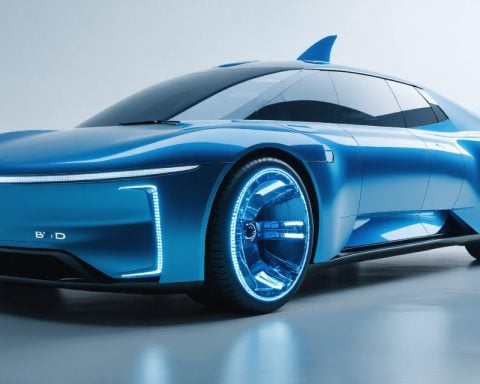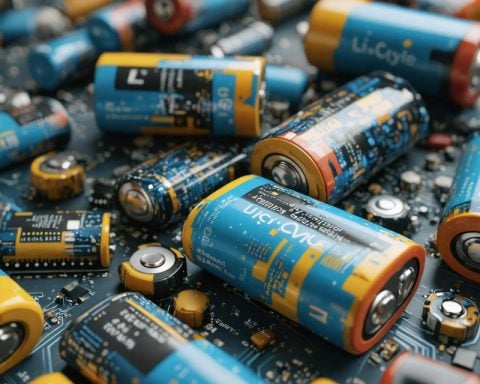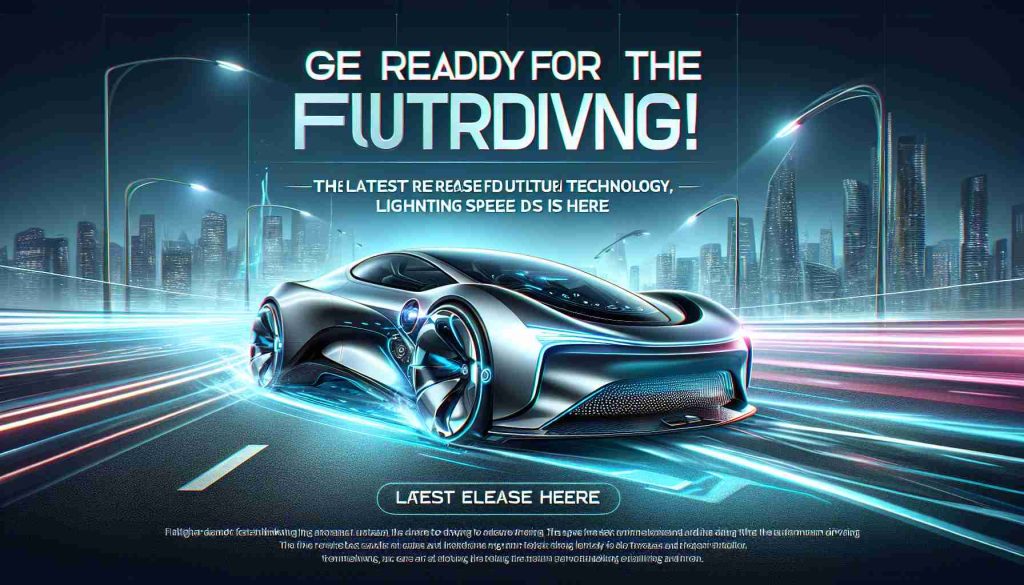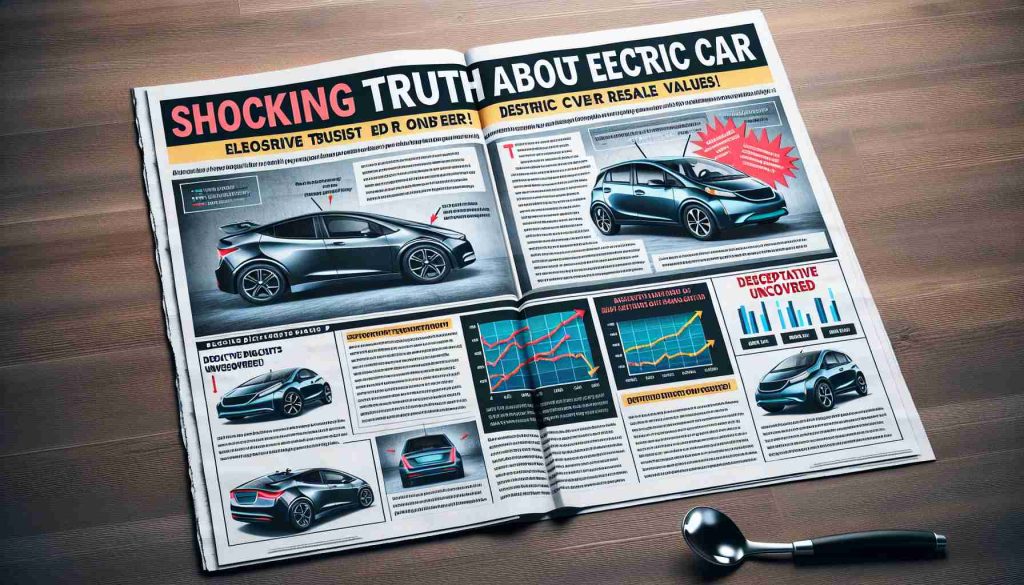Accelerating Towards a Greener Future
India is gearing up for a transformative shift in its automotive landscape, aiming for electric vehicles (EVs) to account for 30% of vehicle sales by 2030. This ambitious goal underscores the rapid growth of the EV sector, which is increasingly influenced by rising demand for two-wheelers and three-wheelers. The introduction of new four-wheeler models is set to further boost this trend.
As the country seeks to minimize its reliance on fossil fuels and reduce carbon emissions, the challenge of inadequate charging infrastructure looms large. Current EV charging can take anywhere from 2 to 3 hours, a duration that needs to shrink to a mere 5 minutes to promote widespread adoption. Projections suggest that by 2030, India will require approximately 560,000 charging stations to ensure effective support for its growing EV market.
Despite a significant rise in EV sales, which increased from 1.17 million to 1.67 million units last fiscal year, the current ratio of EVs to public chargers is stark, standing at about 1:400. This is far behind countries like China and the US, where infrastructure is more advanced.
To bridge this gap, experts advocate for streamlined installation processes, stable electricity supply, and innovative charging solutions, including individual charging stations for automakers and enhanced ranges for new models. As the industry charges ahead, the focus remains on making EV ownership a viable reality for all.
Beyond the Horizon: The Broader Implications of India’s EV Ambitions
The transition to electric vehicles (EVs) in India stands to reshape not just the automotive sector, but also society and the global economy. Emphasizing sustainability, India’s shift could position it as a global leader in the clean energy revolution, potentially inspiring other nations to rethink their transportation frameworks. The burgeoning EV market may create millions of jobs in manufacturing, infrastructure development, and maintenance, fostering a new era of employment opportunities in a country where job creation is critical.
As India pushes towards its goal, the cultural shift accompanying this technological advancement cannot be understated. An increasing awareness of climate change and environmental degradation is driving consumers to seek greener transportation options. This societal trend may shift life choices, with younger generations prioritizing sustainability, thereby influencing everything from urban planning to energy consumption patterns.
The environmental ramifications of this transition are profound. By reducing reliance on fossil fuels, India’s EV initiative could lead to a significant cut in greenhouse gas emissions. Furthermore, innovations stemming from this shift could establish new benchmarks for sustainable practices, paving the way for cleaner manufacturing and energy production.
Looking forward, the success of India’s EV revolution depends on overcoming infrastructure challenges and fostering a culture of sustainability. With a committed effort, the long-term significance could extend beyond national borders, affecting global markets and sparking international collaborations focused on sustainable innovation.
India’s Electric Vehicle Revolution: Key Insights and Future Trends
Introduction
India is on the brink of a significant transformation in its automotive sector, pushing towards a future dominated by electric vehicles (EVs). As part of its commitment to sustainability, the Indian government has set an ambitious target for EVs to make up 30% of total vehicle sales by 2030. This article explores the intricacies, challenges, and future prospects tied to this electrifying vision.
Growing Demand for Electric Vehicles
The Indian EV market has witnessed remarkable growth, especially in the two-wheeler and three-wheeler segments. The sales figures reflect this trend, with registrations soaring from 1.17 million to 1.67 million units in the last fiscal year. As new four-wheeler models are introduced, this surge is expected to continue, fueled by increasing consumer awareness and environmental concerns.
Charging Infrastructure Challenges
One of the primary obstacles hindering the widespread adoption of EVs in India is the lack of adequate charging infrastructure. Current charging times vary between 2 to 3 hours, which needs to be significantly reduced to about 5 minutes to facilitate greater acceptance among consumers.
Experts estimate that India will require around 560,000 charging stations by 2030 to cater to the needs of the burgeoning EV market. Currently, the ratio of EVs to public chargers sits at approximately 1:400, falling short compared to more developed markets like China and the US.
Innovative Solutions and Recommendations
To overcome the existing infrastructure challenges, several strategic measures are being advocated:
1. Streamlined Installation Processes: Simplifying the regulations and procedures involved in setting up charging stations can boost infrastructure development.
2. Stable Electricity Supply: Ensuring a consistent power supply is essential to maintain charging station operation and reliability.
3. Innovative Charging Solutions: The introduction of fast-charging stations and mobile charging units can enhance accessibility. Additionally, individual charging stations for automakers could significantly expand the network.
4. Enhanced EV Range: Manufacturers are encouraged to focus on developing vehicles with longer ranges, reducing the frequency of charging required.
Features of the Electric Vehicle Market
The electric vehicle market in India is characterized by several features:
– Variety of Models: A wide range of models, from budget-friendly electric scooters to premium electric cars, is becoming available.
– Government Incentives: Initiatives like Faster Adoption and Manufacturing of Hybrid and Electric Vehicles (FAME) provide subsidies and support for EV buyers.
– Increased Investments: Significant investments are being made by both domestic and international players to enhance EV manufacturing capabilities.
Pros and Cons of Electric Vehicles
Pros:
– Environmental Benefits: Reduction in carbon emissions and pollutants.
– Lower Operating Costs: EVs typically have lower fuel and maintenance costs compared to traditional vehicles.
– Government Support: Financial incentives encourage consumers to switch to EVs.
Cons:
– Charging Infrastructure: Limited availability of charging stations can be a major deterrent.
– Initial Costs: Higher upfront costs compared to internal combustion engine vehicles.
– Range Anxiety: Concerns about running out of charge during longer trips.
Market Insights and Trends
The Indian EV market is poised for growth, with a projected shift towards electric mobility driven by technological advancements and changing consumer preferences. The focus on sustainability, coupled with increasing investments in renewable energy, will further accelerate this transformation.
Predictions for the Future
By 2030, India is expected to not only meet its target of 30% EV sales but potentially exceed it as public acceptance grows and infrastructure improves. Continued innovation in battery technology and charging solutions will play a critical role in the successful implementation of this green vision.
Conclusion
India’s electrification journey is essential for sustainable development and reducing dependency on fossil fuels. By addressing the infrastructure challenges and aligning with green technologies, the nation is setting the stage for a cleaner, more efficient automotive future.
For more information about electric vehicles and trends, visit the main website at electric vehicle trends.
